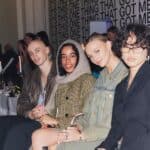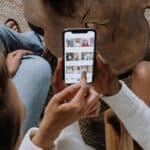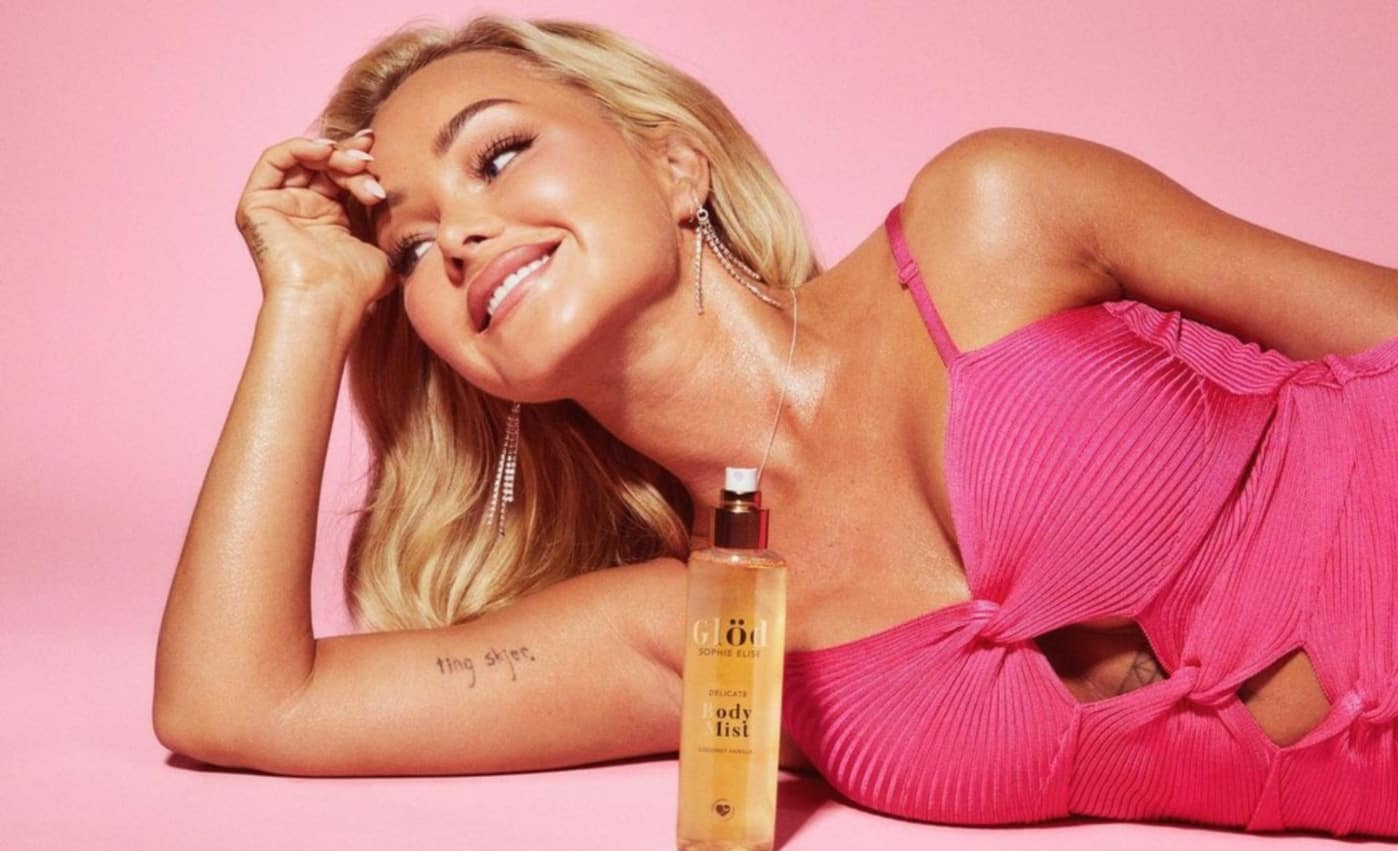More than 75% of brands in the Middle East are cutting their TV and print budgets in favour of influencer marketing, according to a recent study from YAAP. So why do so many still have trouble choosing the right influencers?
Compared to other markets, the influencer industry is still very much a numbers game in the Middle East. For many brands, it’s the following – or, to be specific, a big following – that defines an influencer. As Mabel Goulden – founder of Dubai’s first “Zillennial” agency, Social Flex – recently told CORQ, the majority still prioritise this above all other parameters when selecting talent.
Ultimately, there are only so many creators boasting millions of followers, which has led to one big problem: the same creators are being used in campaigns over and over again, whether they’re a logical fit or not.
Mismatched creators and brands
To paint a picture of just how mismatched creators and brands can be, we’ve recently seen a car brand work with a vlogger who had just previously been vocal about the causes of climate change. One creator produced regular sponsored posts for a non-Apple mobile phone brand, despite openly owning and using an iPhone. Another praised two different strollers as their go-to in a matter of weeks.
It’s mismatched campaigns such as these that run the risk of influencers being seen as disingenuous (and probably why they rank as one of the least trusted professions in the UAE). As one follower commented on the post praising the non-iPhone: “If you are in love with it, why do you have an iPhone?”
You may also like
At the same time, it’s inevitable. A lot of creators in the Middle East tend to be generalists. The region lacks influencers with smaller followings, which means that the niches – where people engage most – aren’t well populated. That leads to brands picking from the same lineup of influencers who stretch themselves over fashion, beauty, food, fitness, and, well, everything.
But this doesn’t have to be the case. For every campaign that takes a shot in the dark with a big name, there are those taking extra care to find natural fits that make a collaboration sing. It’s the carefully crafted partnerships – such as fashion creator Omar Shabra’s luxury trip around Jeddah with Versace, Coca-Cola inviting The Saudi Reporters to gift random shoppers with football World Cup tickets, or Loewe asking creators across the region how they pronounce its brand name – that audiences engage with and remember. Looking beyond the usual pool of big names may be tough, but it’s well worth the effort.
By Chloe James, CORQ Middle East correspondent.










Matilda Djerf: How dupe copyright claims about Djerf Avenue landed the It-Girl in hot water